E1.01 Radiation Crew Laptop - 3
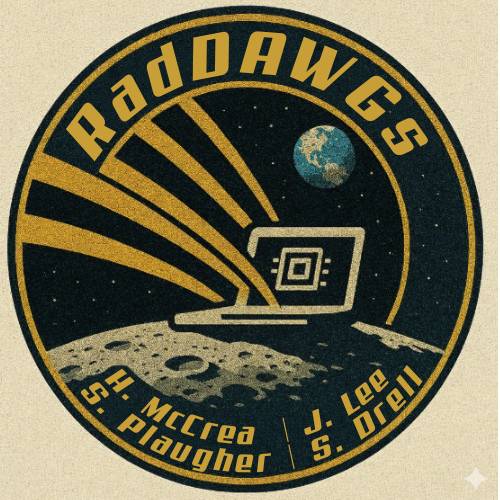
Sponsor: NASA – Texas Space Grant Consortium (TSGC)
Student Team: Brain Lee, Hunter McCrea, Stuart Plaugher, Sam Drell
Faculty Advisor: Mr. Jeffrey Stevens
Our project is to design a Radiation-Tolerant Crew Laptop for astronauts to utilize in space. We’re designing a controller to connect a radiation-tolerant processor, the High-Performance Spaceflight Computing processor from MicroChip, to the open-source Framework Laptop. The controller expands hardware options by connecting multiple USB ports to the radiation-tolerant processor enabling the interfacing of the Framework laptop with the processor. Laptops have and will continue to be used on NASA’s new lunar space station — Gateway and our design will enable the support of operational tasks, scientific research, and real-time decision-making in space, thereby reducing downtime and increasing overall mission efficiency.
E1.02 Integrated Camera & Lighting System-2
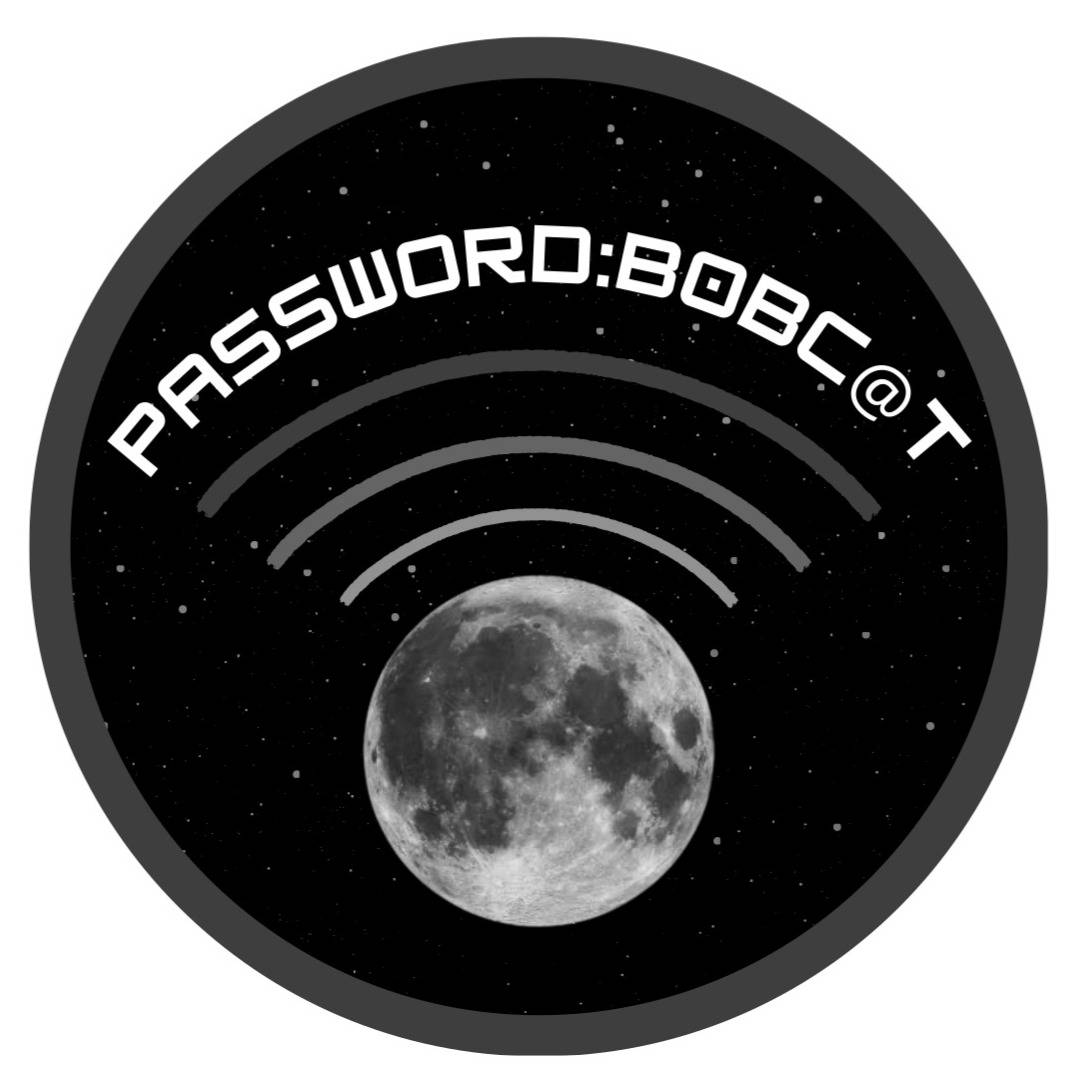
Sponsor: NASA - Texas Space Grant Consortium (TSGC)
Student Team: Mason Smith, Skylar Jamar, Nicholas Humphrey, Zach Gayman
Faculty Advisor: Dr. Marcelo Carvalho
The project objective is to design and implement a three-dimensional terrain sensing system which collects geometric data to be graphically presented to a lunar rover operator. Active remote sensor data will be visually accessible to the operator via continuous terrain map and hazard detection on our display. An operator controller will interface with our system and allow the operator to manipulate sensor and display variables. The system will be designed to accurately map the lunar environment and will be fully integrated into the existing team’s lighting and camera system.
E1.03 NXP Shield
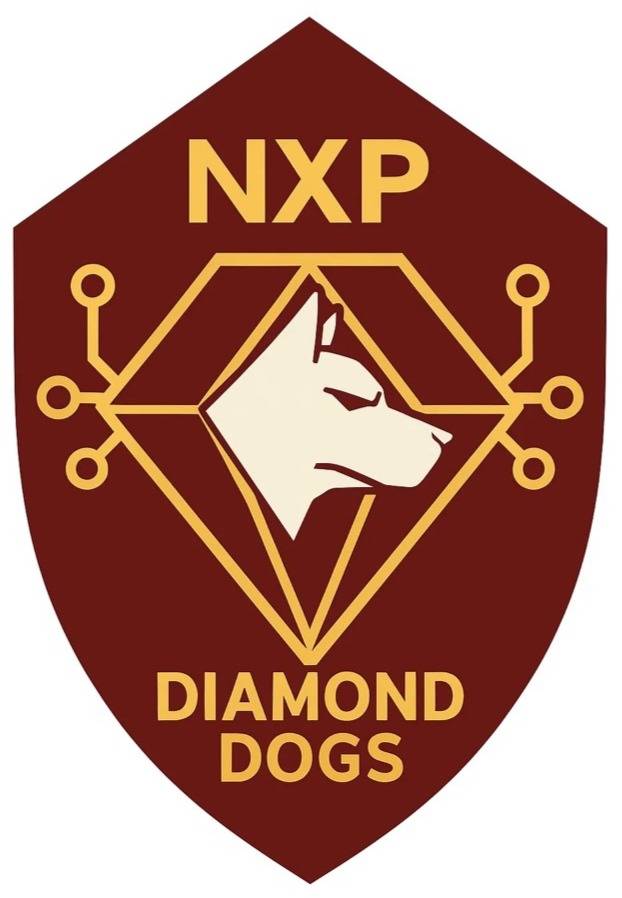
Sponsor: Ingram School of Engineering (ISoE)
Student Team: Ian Boyd, Ramon Elizondo, Carlo Marroquin, Henry Celidon
Faculty Advisor: Dr. Henry Cabra
Our team is designing a custom NXP Peripheral Shield for the FRDM-MCXN947 development board to support the Microprocessors course. The shield integrates essential components—such as sensors, LEDs, buttons, an OLED screen, and motor control—onto one compact PCB. Students will use the shield to complete lab assignments involving I2C, SPI, UART, PWM, and analog signals. This solution reduces setup complexity and enhances learning by consolidating parts into a single board. We will deliver a fully tested PCB with supporting documentation and pin mappings.
E1.04 NXP Peripheral Integration
Sponsor: NXP
Student Team: Andrew Muegel, Alexy Larios, Matthew Coffelt, Stephen Lorenzen
Faculty Advisor: Mr. Mark Welker
This project integrates a custom Peripheral Shield with the NXP FRDM-MCXN947 processor board to replace the Blackboard for EE3320 labs. Our goal is to develop and verify code necessary for demonstrating the functionality of an Arduino compatible shield created by the NXP Peripheral Shield team, featuring motor control, display output, and user interfaces. We will achieve this by programming and testing each subsystem using the NXP MCUXpresso IDE.
E1.05 Mazed & Confused

Sponsor: NXP
Student Team: RJ Salas, Alex Livingston, Ashlee Martinez, Michael Luan
Faculty Advisor: Mr. Mark Welker
Our project is an autonomous robot designed to navigate a maze efficiently without colliding with walls. The system will combine mapping, sensing, and movement by using a camera and sensors to identify walls, directional indicators, and the finish point. Real-time analysis will determine the best route, while dual drive motors provide precise turns and steady movement. The methods developed in this project translate directly to those used in real-world applications, particularly self-driving vehicles.
E1.06 MazeBot
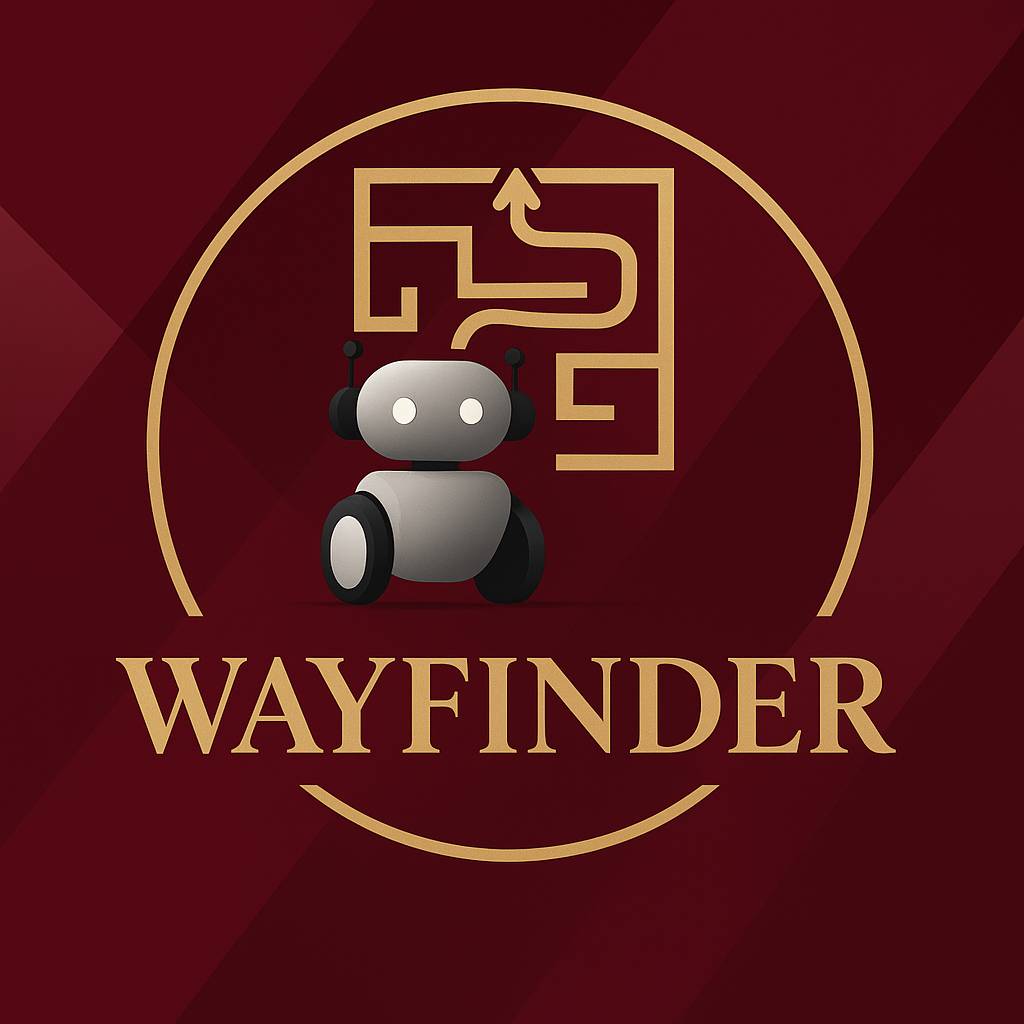
Sponsor: NXP
Student Team: Shivani Mruthyunjaya, Eigner Cienfuegos, Darryl Murray III, David Tavarez
Faculty Advisor: Mr. Mark Welker
Our project is an autonomous robot that is designed to navigate a maze utilizing visual processing of external indicators and sensor detection of walls to ensure collision avoidance. The navigation of the bot is facilitated by the various subsystems to traverse full route within the expected time. During the pilot navigation of the labyrinth, the route will be recorded to guide the next traversal. The project's importance lies in the variety of potential uses from exploring areas inaccessible to humans to facilitating the transportation or movement of goods.
E1.07 HDL FPGA 404: BOT_Not_Found
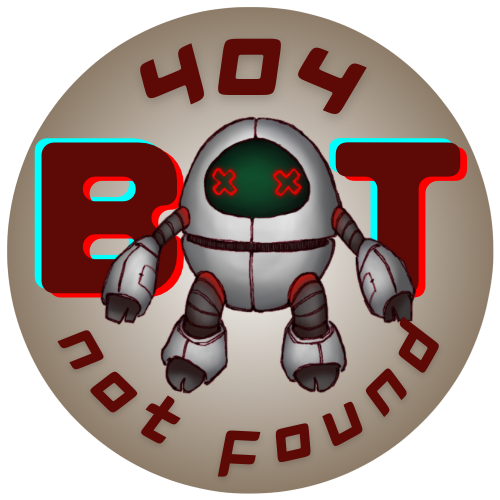
Sponsor: Ingram School of Engineering (ISoE)
Student Team: Theodore Freij, Aaron Ong, Matthew Carter, Ma Sweeney, Alex Nuez, Miguel Octavo Castro, Farrah Balbuena, Luis Leon Pineda
Faculty Advisor: Mr. Mark Welker
Our team is designing an educational development board tailored for Texas State University’s HDL course to enhance hands-on learning in digital systems. We will implement and simulate IIC, SPI, and PWM interfaces on the CORA Z7 FPGA using Xilinx tools like Vivado and Vitis. The final deliverable will be a functioning prototype that supports both physical and digital simulations. This project aims to improve student retention and real-world readiness by integrating practical hardware experience into the curriculum.
E1.08 PLC Elevator
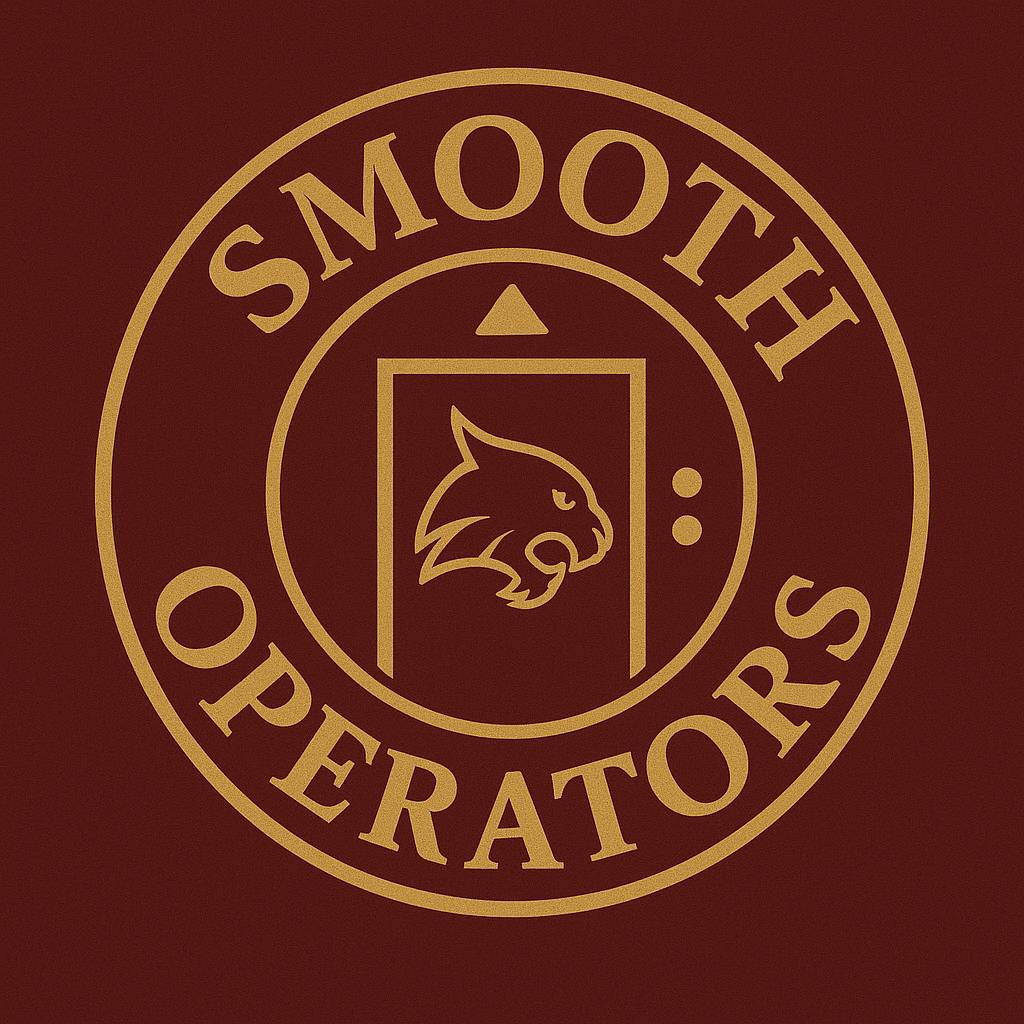
Sponsor: Ingram School of Engineering
Student Team: Kaitlyn Chandler, Nathan Charles, Noah Pham, Sarah Smith
Faculty Advisor: Mr. Jeffrey Stevens
Our project is an automated elevator control system designed using the OpenPLC Editor to ensure safe and efficient passenger transport. The controller manages car and door motor operations, prioritizes and responds to floor requests from both car and hall call buttons, and integrates safety and emergency features for reliable operation. Visual indicators provide real-time status of the elevator car and floor levels, enhancing passenger awareness and system dependability. By combining intelligent control with safety monitoring, our project ensures a secure and effective elevator experience.
E1.09 PLC Elevator
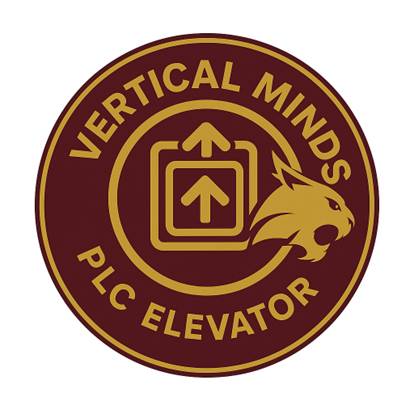
Sponsor: Ingram School of Engineering (ISoE)
Student Team: Justyce Vann, Bryan Jaimes Vallejo, Tianqi Sun, Austin Torres
Faculty Advisor: Mr. Jeffrey Stevens
Our project will be demonstrating a mini-sized elevator using OpenPLC as the software. This elevator will consist of floor selection, door operation, safety functions, and visual status indicators. We will use sensors and servo motors to control the acceleration and deceleration of the elevator car. A 7-Segment display will show the current floor level, also up/ down arrows to show the current movement. The micro-controller will control the Buttons (User Inputs) to hold complete control of the elevator.
E1.10 Torque Titans
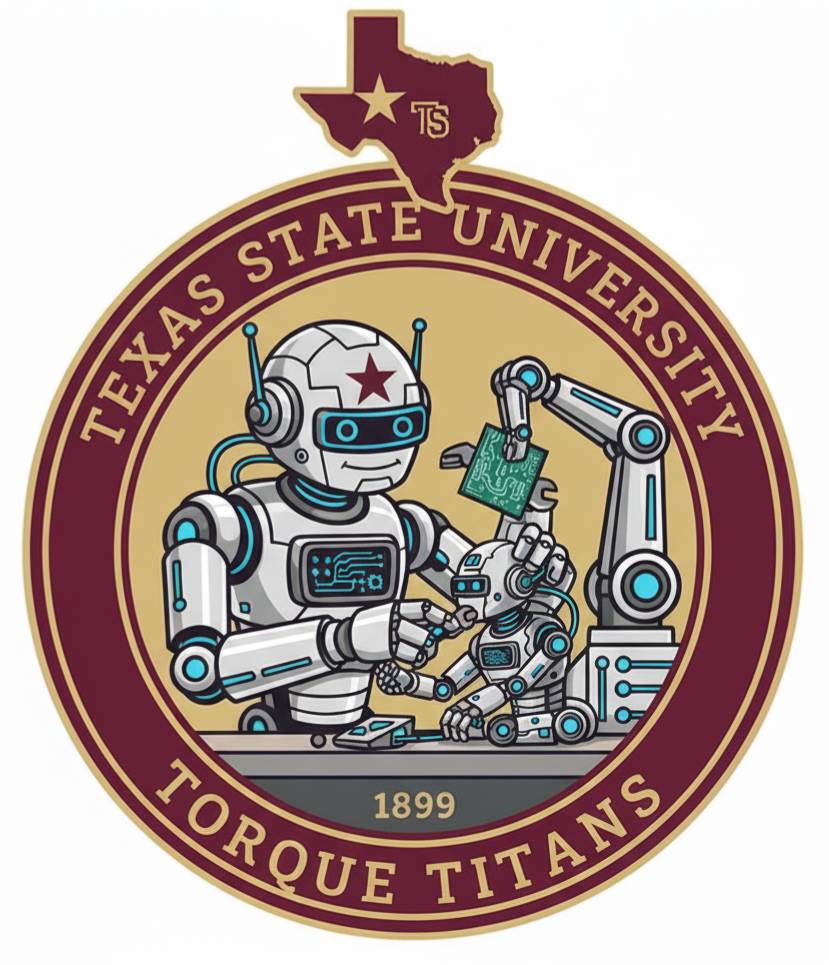
Sponsor: Ingram School of Engineering
Student Team: James Walton-Spence, Bryan Arriaga, Gregory Neal
Faculty Advisor: Dr. Lawrence Larson
Our robot can push, it can pull, and it can battle. It will race the clock pulling objects in a straight line, finding blocks and opponents to push out of the field.
E1.11 Sumobot
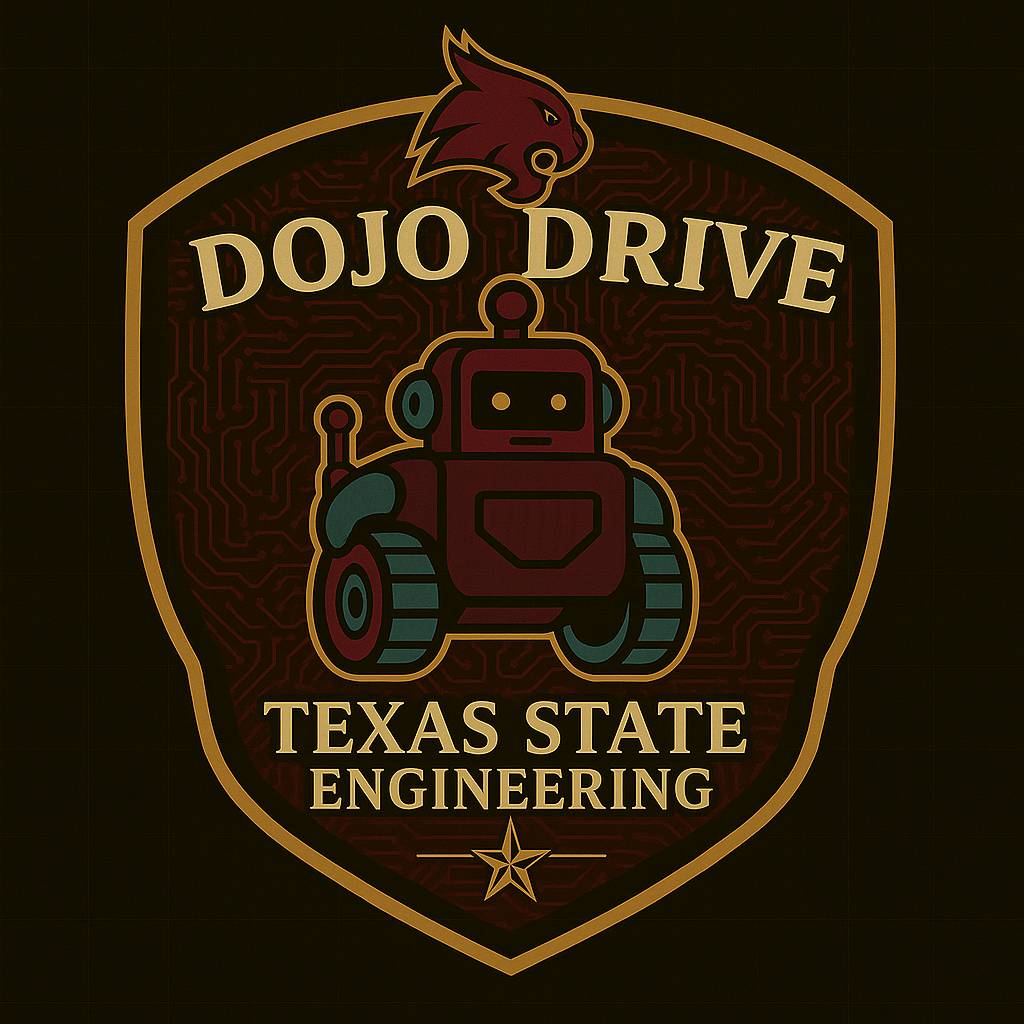
Sponsor: Ingram School of Engineering
Student Team: Zach Shannon, Edwin Paniagua, Jade Maldonado
Faculty Advisor: Dr. Larry Larson
Our project is an autonomous mini sumobot that competes in block pull, sumo, and tug-of-war challenges. It uses sensors to detect the ring boundary, distance sensors to track opponents or objects, and dual DC motors controlled through PWM for precise pushing and pulling. A start button with a five-second countdown initiates each match, ensuring fairness and compliance with competition rules.
E1.12 KongBot

Sponsor: Ingram School of Engineering (ISoE)
Student Team: John Anges, Josh Campbell, Stephan Cope
Faculty Advisor: Dr. Lawrence Larson
Our goal is to design and build an autonomous Sumo Bot that can identify its surroundings and strategically push rivals out of a given ring. We will give a complete functioning robot that integrates movement control, ring edge detection, and object detection with efficient power management. By maintaining a balance of motor power, sensor feedback, and program efficiency, our design allows for rapid response and continuous operation.
E1.13 Sumo Bot (Zilla Bot)
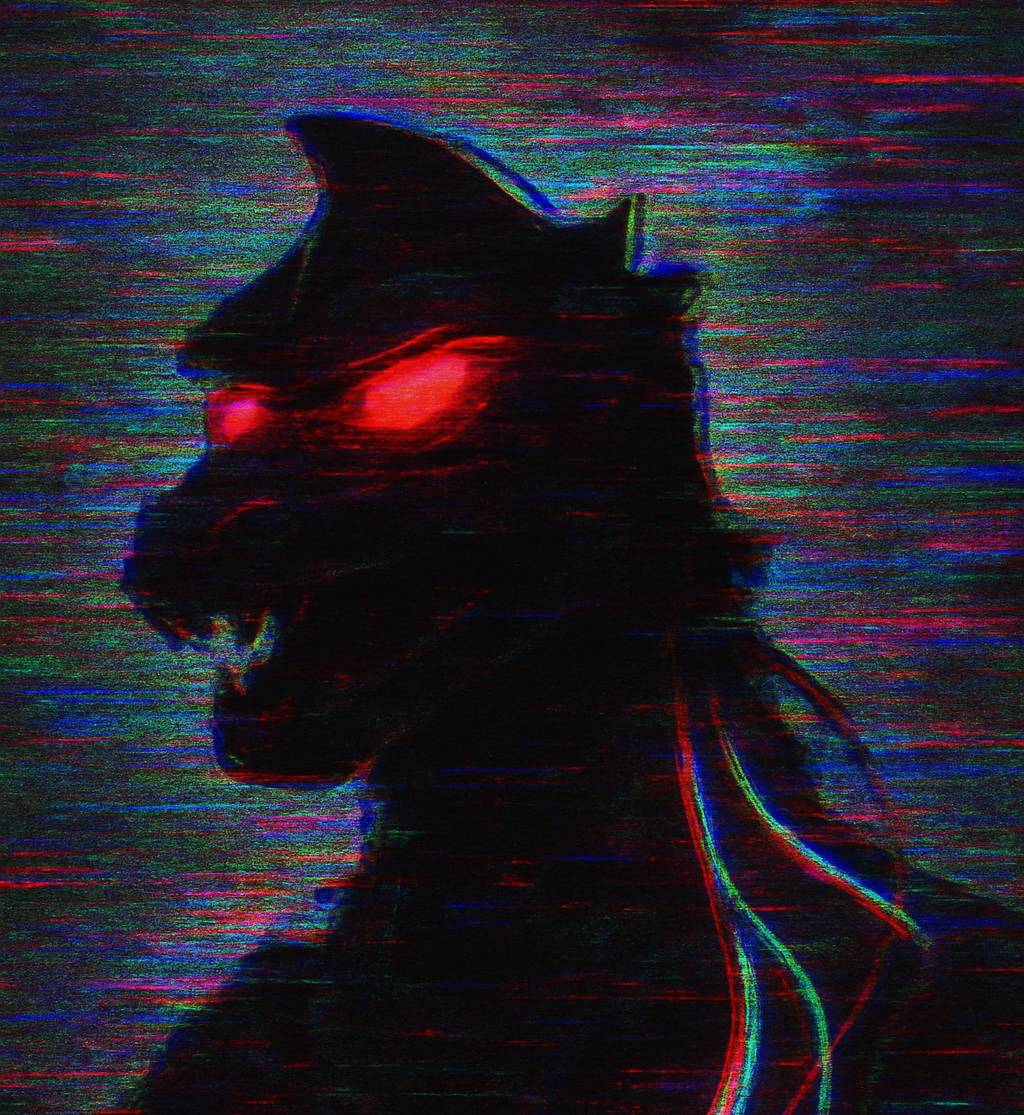
Sponsor: Ingram School of Engineering (ISoE)
Student Team: Roberto Macedo-Delgado, Eric Sides, Domingo Caban, Patrick Meurer
Faculty Advisor: Dr. Lawrence Larson
This bot will compete in sumo matches with other bots, participate in tractor pulls of heavy objects and other sumo bots. Our bot will do all of this while sporting a cool dinosaur/Godzilla look.
E1.14 Wi-Fi Sensing

Sponsor: Ingram School of Engineering (ISoE)
Student Team: Benjamin Hoyt, Rion Lieberman, Aiden Olivarez, Gabriella Taverna
Faculty Advisor: Dr. Marcelo Carvalho
Our project is a Wi-Fi sensing system designed to detect and identify movement using both current and past Wi-Fi protocols, allowing any space where Wi-Fi is deployed to be continuously monitored using non-Line-of-Sight methods. We will utilize channel state information (CSI) and machine learning algorithms to create a system that is learning and improving to enhance accuracy. Our system will require no additional installation, as Wi-Fi is already deployed in most modern environments. This can be used to detect both small and large-scale movements, such as home health monitoring, presence detection, and smart home device interfacing.